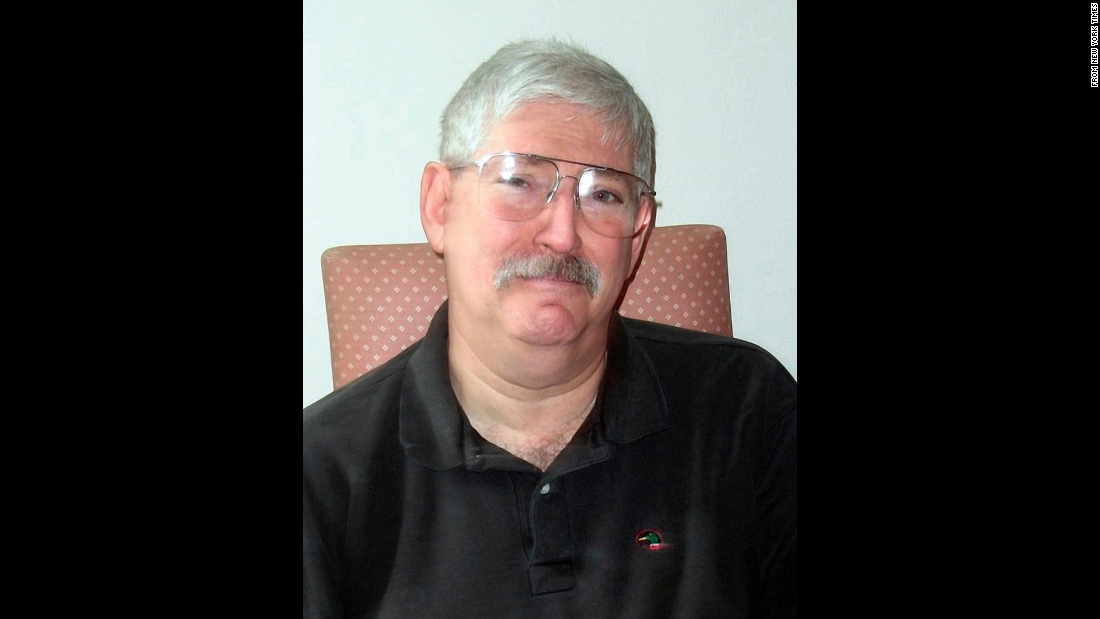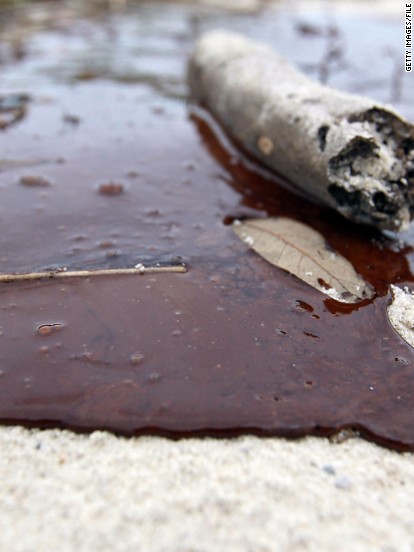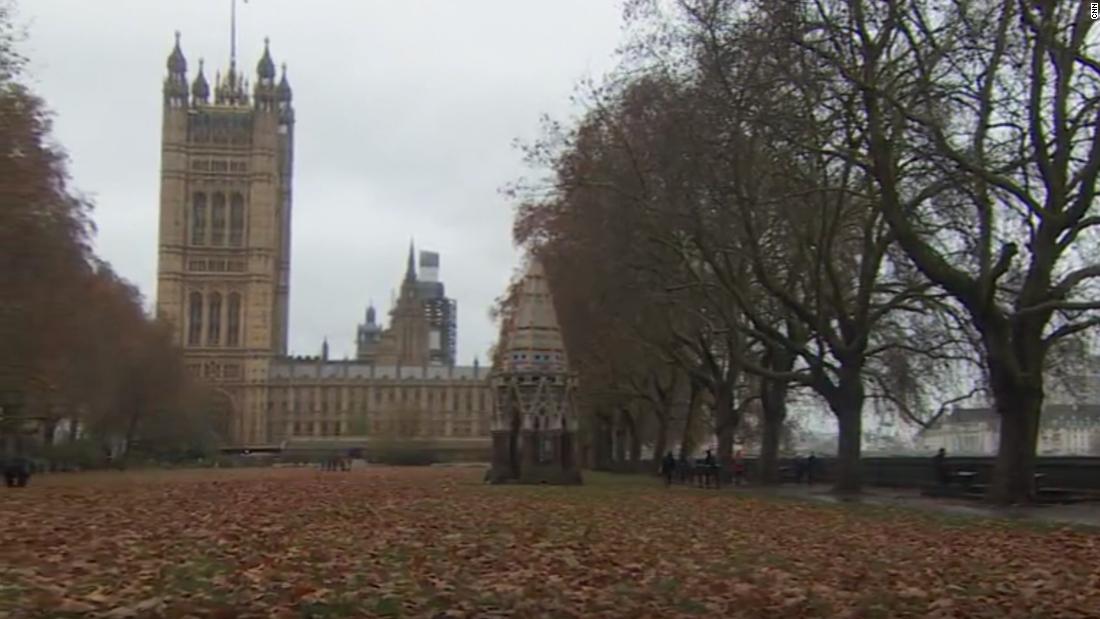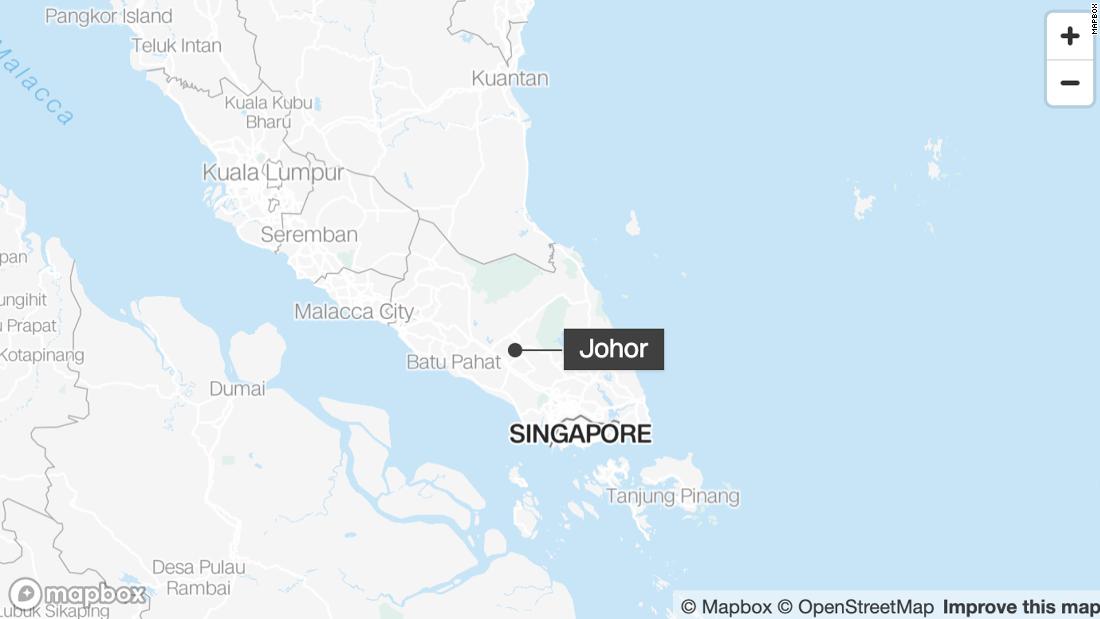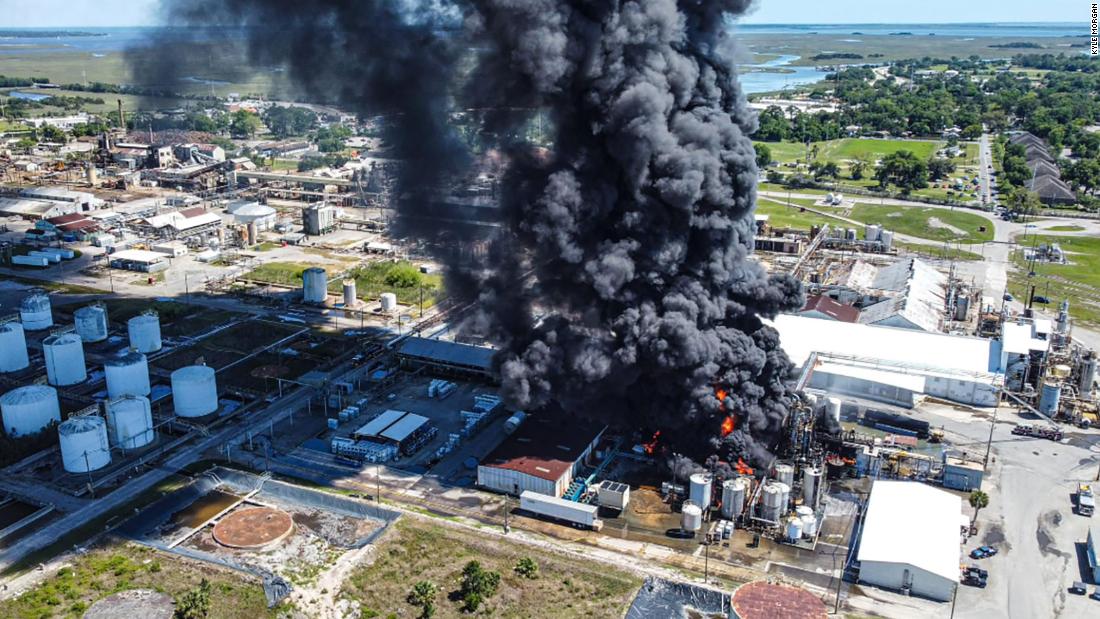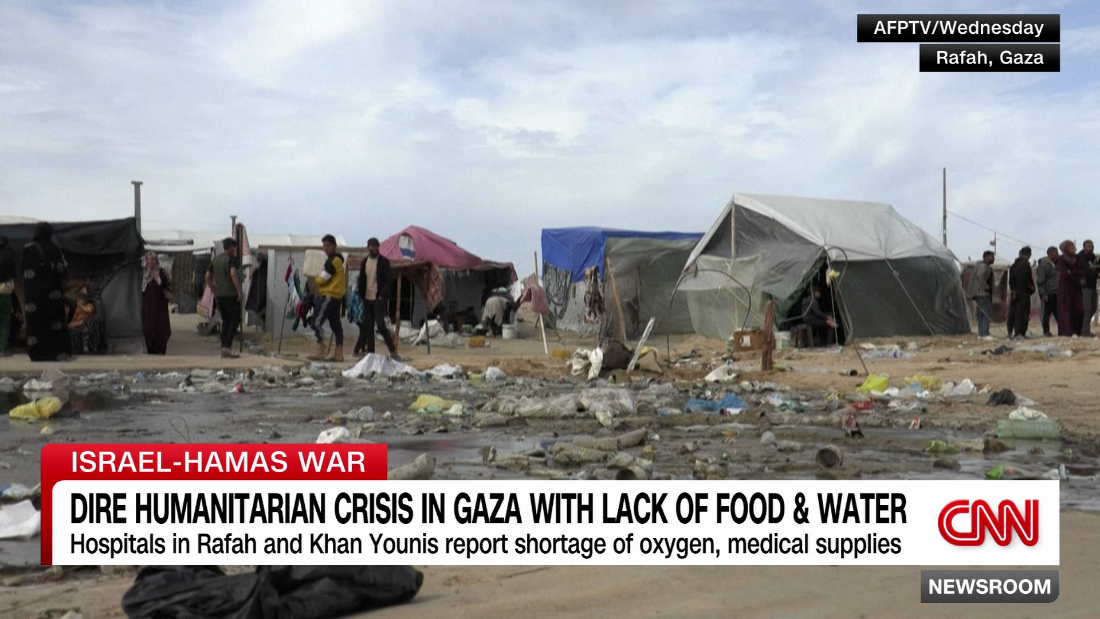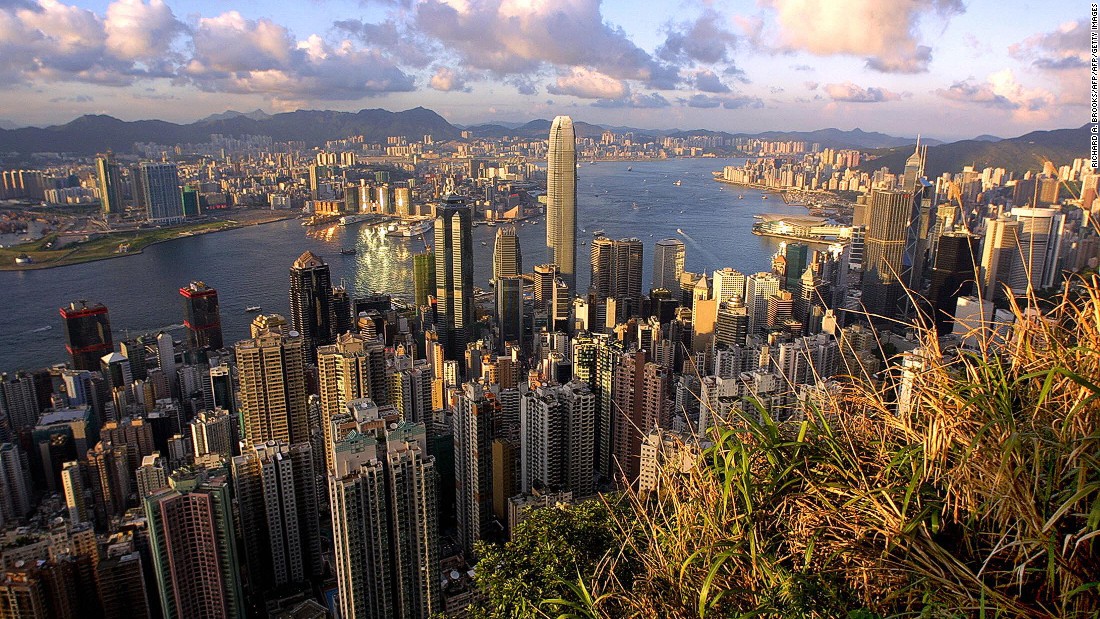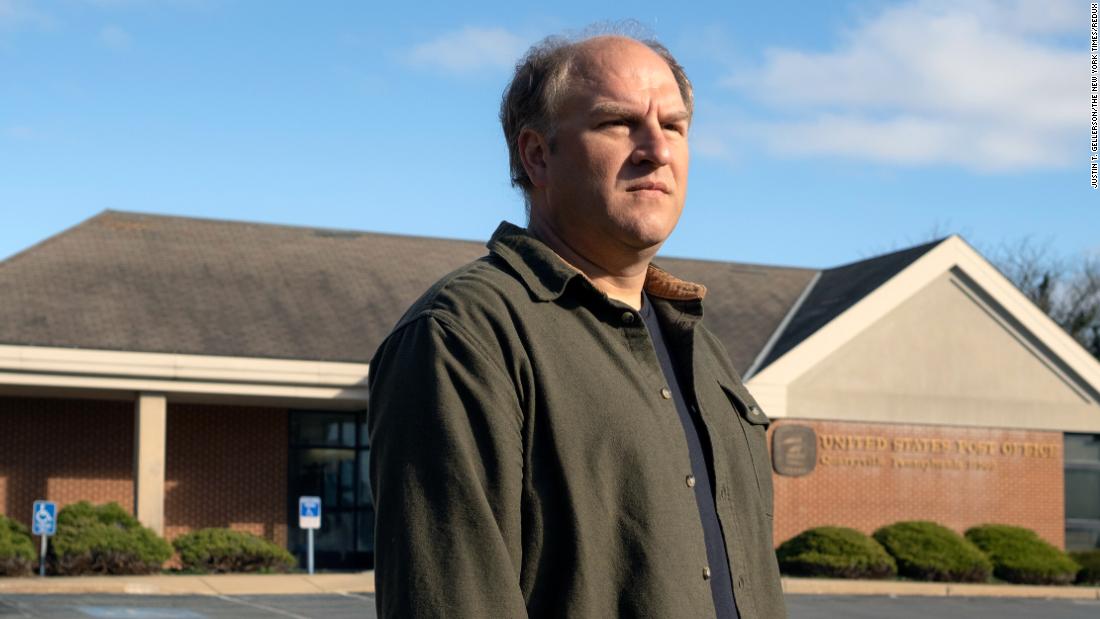MILLIONS of Brits could face water restrictions after a drought was declared in part of the country with the dry conditions seeing a “lost village” re-emerge.
The Environment Agency has imposed a drought status on the north-west of England after it has experienced the driest start to spring for 69 years.
SWNSThe remains of Mardale Green have re-emerged due to dry conditions in the North West of England[/caption]
AlamyBeachgoers line-up in the sunshine at Polzeath, Cornwall, for an ice cream. While the UK has seen hot and sunny weather across the country the North West has been the worst affected[/caption]
GettyAn old road and walls and buildings that were once part of Mardale village have been revealed by drought[/caption]
Groundwater levels and river flows have been declining caused by the dry conditions in March, April and early May.
Storage levels in reservoirs in the region have also been receding and are currently lower than they were at this time during the 1984, 1995 and 2022 drought years.
There are currently no hose pipe bans in force in any part of the UK but earlier this month the Environment Agency warned water companies that more must be done to safeguard water supplies.
Water companies are responsible for imposing any water restrictions, such as a hose pipe ban, which can restrict water usage.
Companies can enforce a Temporary Use Ban using the guidelines set out in the Flood and Water Management Act 2010.
These bans can restrict or prohibit activities like watering gardens and washing cars.
A water authority can bring in a ban if it believes it is experiencing, or may experience, a serious shortage of water for distribution across a certain area.
However, the Flood and Water Management Act 2010 does not define what is meant by a “serious shortage”.
The agency has put a drought plan in place to deal with the dry weather, and to regulate United Utilities in order to “make the best use of available water whilst also protecting the environment”.
A spokesperson for United Utilities, which supplies water to millions of people in the North West, said demand had reduced due to the water-saving measures done by its customers, along with the recent rainfall and milder temperatures.
The arid conditions have seen what remains of the “lost village” of Mardale Green in the Lake District re-emerge.
Those who lived there were forced to leave when the village was flooded on September 15, 1935, but due to the dry conditions, the remnants of the place can now be seen after the water level receded.
The rain that has fallen in recent days is not enough to reverse the dry start to the year and the further expected hot conditions in the coming weeks is likely to just exacerbate the situation, the Environment Agency says.
The recent bank holiday weekend was a washout for most Brits as the weather took a marked downturn.
In light of the drought status, the regulator has increased their operational response and ensured water companies step up their actions as laid out in their drought plans.
This includes fixing leaks, communicating with customers and supporting them to reduce demand, and submitting drought permits to take more water, as needed.
If these measures are taken in a timely manner it is expected to help preserve supplies for homes and the environment.
While the North West has seen a dry start to the year, it is a mixed picture for other parts of the England.
A meeting of the National Drought Group, comprising the Environment Agency and Defra ministers, is due to be held on June 5 to assess the situation across the country.
Andy Brown, Water Regulation Manager at the Environment Agency, said: “Drought is a naturally occurring phenomenon.
“As we see more impacts from climate change heavier rainfall and drier summers will become more frequent.
“This poses an enormous challenge over the next few decades.
“Despite the rain over the weekend levels remain low and we are encouraging people to be aware of the impacts of drought as we enter the summer period.
“With further unsettled periods and rainfall over the coming weeks we will continue to closely monitor the situation and implement our Drought Plan.”
Defra has also announced today that the Environment Secretary was stepping in to speed up delivery for the first two major reservoirs since the 1990s as part of the government’s action to secure the water supply.
Mardale Green and the neighbouring village of Measand were submerged in order to create one of the UK’s largest reservoirs, which is known as Haweswater Reservoir.
The aim was for it to supply Manchester with water for 100 years.
It’s creation meant hundreds of people were forced to leave their homes.
What is a drought?
There is no one single definition of a drought which is used by Defra although the most obvious is that it is a period of low rainfall.
However, the nature, timing and the impact it has on people, the environment, agriculture or business can vary.
Some droughts can be short and intense, triggered by a hot and dry summer.
Others can be much longer, taking time to develop over a number of seasons, caused by low amounts of rainfall.
The main types of drought, according to Defra, which may occur separately or together are:
Agricultural drought – when there isn’t enough rainfall and moisture in soils to support crop production or farming practices such as spray irrigation.
Environmental drought – when lack of rainfall has a detrimental impact on the environment and ecology.
Water supply drought – when a lack of rainfall leads to concerns from water companies about supplies for their customers.
The Environment Agency will monitor a number of indicators – including rainfall, river flows, groundwater levels, reservoir storage, ecology, public water supplies – and will decide the level of drought an area is in.
Defra uses four stages to describe and manage any response:
Prolonged dry weather – this period is characterised as the early stages of drought where we find there has been a period of dry weather and this is impacting on river flows, groundwater levels and water levels in lakes and reservoirs.
Drought
Severe drought
Recovering from drought.
It also meant 97 bodies had to be dug up and reburied in a graveyard in the nearby Shap.
Mardale Church, which had seating for 50 people, held its last service in August 1935, with the Bishop of Carlisle leading the proceedings.
The service was packed out and hundreds of others were forced to wait outside.
Parts of the church can still be seen today when the water level drops.
The local pub, the Dun Bull Inn, along with houses and farms were demolished to make way for the reservoir.
The inn made a name for itself due to its hot buttered rum.
It was popular with the locals as it was used by famers and hunters in the area to host fairs, dances, feasts as well as sales.
Not everyone was happy with the village being destroyed as renowned fell walker Alfred Wainwright protested the move, having visited Mardale Green in 1930.
He described the destruction of the village as “the rape of Mardale”.
The last time people were able to walk through what is left of the village was in July 2022.
SWNSMardale was flooded in 1935 to make way for the creation of the Haweswater Reservoir[/caption]
GettyThe last time people were able to walk through what is left of the village was in July 2022[/caption]
AlamyWest Bay, Dorset, just two days ago. A meeting of the National Drought Group is due to be held on June 5 to assess the situation across the country[/caption] Published: [#item_custom_pubDate]





























